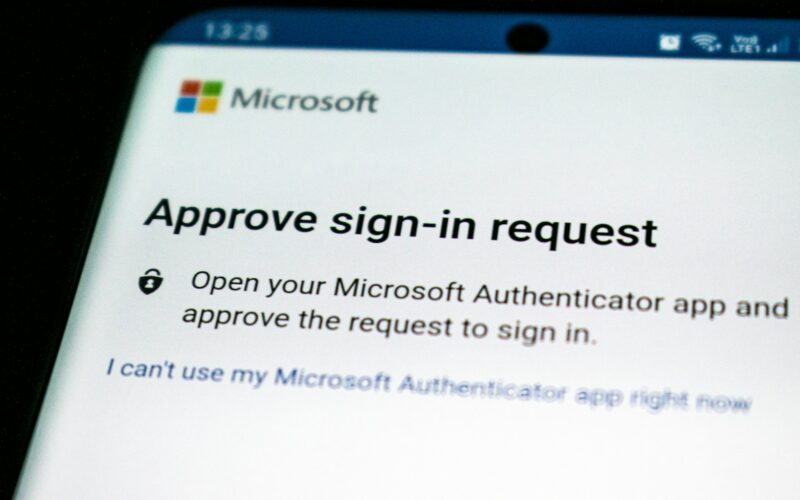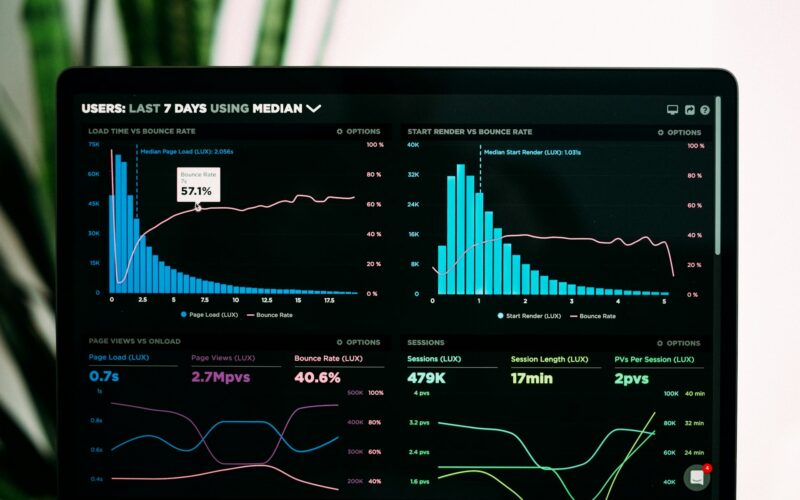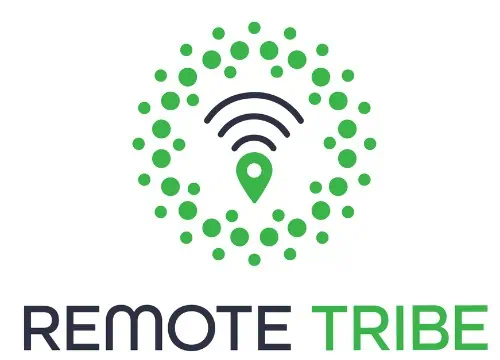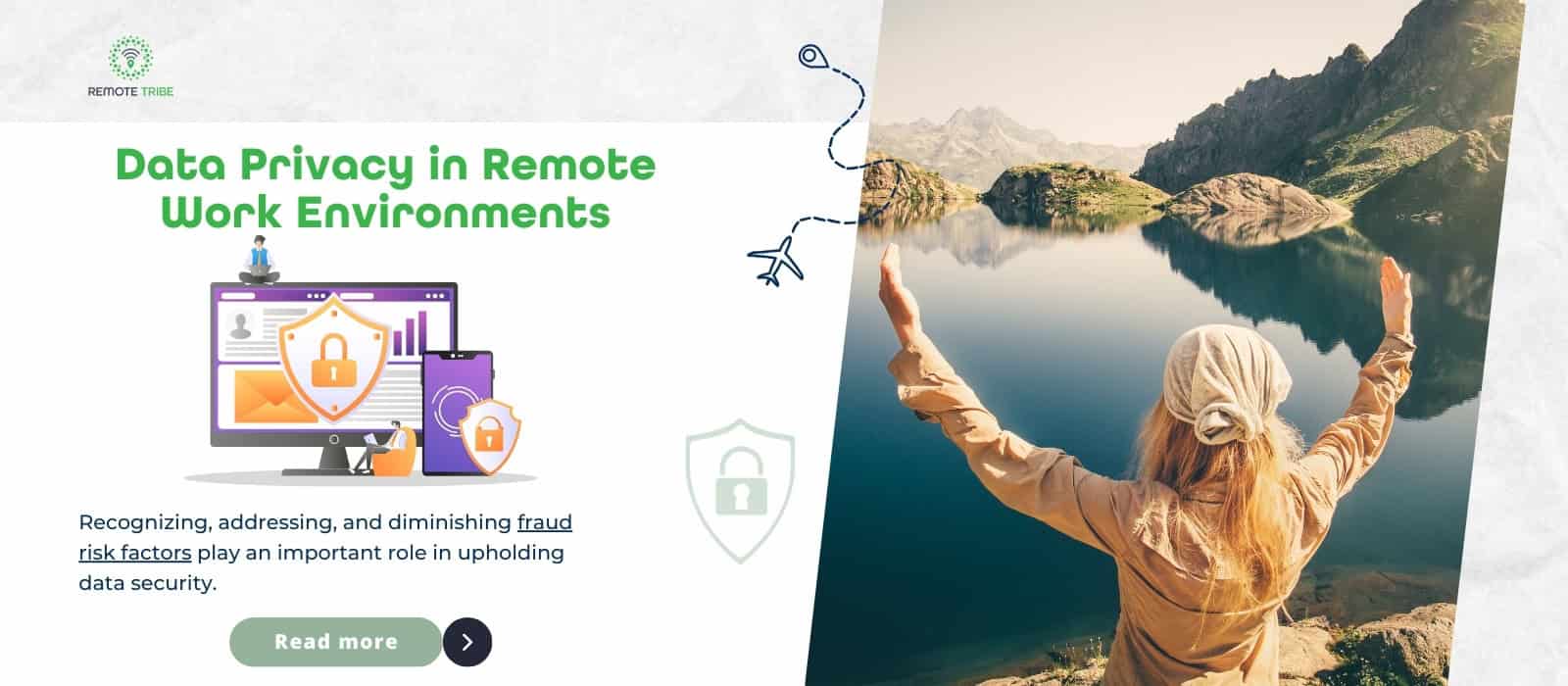The COVID-19 pandemic has profoundly transformed work dynamics and accelerated the adoption of remote work practices across a wide range of businesses.
This change emphasizes the significance of adjusting to new work practices while striking a balance between strong security measures and protecting personal privacy.
In dealing with the complexities of data privacy and security in this context, organizations are encouraged to create optimal strategies and use suitable resources to protect sensitive information proactively.
Understanding the Risks
The shift to remote work presents distinct data privacy and security hurdles. With employees accessing company systems from diverse locations and devices, the exposure of sensitive data to cyber threats escalates. Moreover, the use of personal gadgets and unsecured networks endangers data confidentiality and integrity.
Recognizing, addressing, and diminishing fraud risk factors play an important role in upholding data security. The lack of physical oversight heightens the susceptibility to fraudulent behaviors, emphasizing the need to identify potential weaknesses. Factors like isolation, heightened dependence on digital communication platforms, and the absence of conventional security measures underscore the significance of proactive risk management.
Privacy Concerns and Societal Implications
Remote work has exposed a new area of privacy concern where personal and professional domains intersect, creating difficulties for data security and privacy. While using work devices for personal tasks might lead to potential breaches of sensitive corporate information, employees using their personal devices for work may unintentionally reveal personal data to their businesses. Furthermore, cybersecurity concerns have increased due to remote work settings’ reliance on internet-based access to company resources, with data loss and illegal access posing serious hazards.
The societal implications of remote work on data privacy and security go beyond the actions of individual workers; they also affect industrial practices and organizational structures. It is now everyone’s responsibility to manage privacy issues, maintain security standards, and reduce risks in remote work settings. This calls for a comprehensive strategy that takes into account both the social impact of data breaches and privacy violations as well as the psychological health of employees.
Implementing Best Practices
Mitigating the risks tied to remote work demands a robust approach to data privacy. Here are some key strategies:
Employee Training

Empower your team with more than just an understanding of why safeguarding sensitive information matters. Offer in-depth training sessions covering data privacy and security protocols. Real-life examples and case studies can underscore the significance of their role in upholding data security.
Phishing Awareness and Prevention Training
Equip your employees with the ability to detect phishing attempts, including dubious emails and strange links and attachments. Provide clear guidance on reporting and responding to phishing incidents. Regular simulated phishing exercises can reinforce learning and assess readiness to combat these threats effectively.
Subscribe to our Newsletter
Get The Latest News On Digital Nomads, Money Online, Cool Remote Working Communities, And Much More.
Spam-Free, Unsubscribe anytime!
Secure Network Connections
Beyond just advocating for VPN usage, ensure your team comprehends why it’s vital and how VPNs function. Guide them in selecting reputable VPN services and provide troubleshooting support. Stress the critical importance of VPN usage, especially when accessing sensitive company data via public Wi-Fi networks.
Strong Password Policies
Move beyond enforcing complex passwords. Educate employees on the principles behind strong password creation. Offer practical tips for crafting unique passwords and recommend reliable password management tools. Periodic password audits can ensure compliance and reinforce the importance of password security.
Two-Factor Authentication (2FA) Implementation

Encourage the adoption of two-factor authentication (2FA) for an added layer of security. Highlight its effectiveness in thwarting unauthorized access, particularly in scenarios where passwords might be compromised. Provide guidance on setting up 2FA for various applications and services, stressing the use of diverse authentication factors to bolster security.
Data Encryption
Equip your staff with the knowledge to select appropriate encryption tools and protocols for different data types. Offer hands-on training on data encryption for both in-transit and at-rest scenarios, showcasing encryption software. Emphasize how encryption safeguards private data from breaches and unauthorized access.
Regular Security Updates
Offer clear instructions on applying security updates and stress their importance. Guide employees on setting up devices for automatic updates and caution against the risks of delaying or ignoring updates. Consider implementing a centralized patch management system for timely deployment across all devices, easing the update process.
Remote Access Controls

Educate employees on access restrictions and the principle of least privilege. Highlight potential security risks associated with excessive access privileges and stress the importance of limiting access to essential data and resources. Offer guidance on configuring access control settings and regularly review permissions to ensure policy compliance.
Utilizing Tools for Data Privacy
In addition to best practices, leveraging the right tools can enhance data privacy and security in remote work environments. Consider these tools:
Endpoint Security Solutions
Endpoint security solutions form the first line of defense against cyber threats targeting devices connected to organizational networks. Beyond conventional antivirus software, modern endpoint security suites encompass advanced features such as behavior-based threat detection, sandboxing, and endpoint detection and response (EDR) capabilities.
Secure File Sharing Platforms
Platforms for sharing files securely are essential for enabling smooth communication and protecting private information. These systems offer fine-grained access controls that let companies set and enforce permissions based on user roles and responsibilities. They also use strong encryption techniques to safeguard data during transmission. Additionally, adhering to industry standards like ISO 27001 and SOC 2 guarantees that strict data protection laws are followed, giving stakeholders confidence about the security posture of shared information.
Data Loss Prevention (DLP) Software

Software for data loss prevention (DLP) is an essential defense against accidental or intentional data leaks, which are a common hazard in remote work environments. DLP solutions monitor and analyze data while it is in use, at rest, and in motion to help discover and reduce risks related to unapproved data transmission or exfiltration. DLP software gives enterprises the ability to classify sensitive data, identify unusual activity, and enforce data security policies across a variety of endpoints and communication channels by utilizing machine learning algorithms and pre-made policy templates.
Identity and Access Management (IAM) Systems
Access control measures should include Identity and Access Management (IAM) systems, especially when considering remote work settings and real-time financial reporting systems. Organizations can effectively manage user identities and access privileges thanks to the centralization of user authentication and authorization processes provided by these systems. SSO, multi-factor authentication (MFA), and role-based access control (RBAC) are examples of advanced IAM features that improve security posture and streamline user experience. They also ensure frictionless access to sensitive financial data while adhering to strict security rules.
Remote Monitoring Tools
By giving businesses real-time access to worker activities, network traffic, and system health metrics, remote monitoring solutions enable proactive threat and incident response. These technologies help security teams find unusual patterns, possible security events, and indications of compromise (IOCs) by collecting and examining log data, network telemetry, and endpoint behavior. Furthermore, incident management workflows are streamlined by automated warning and response capabilities, which guarantees prompt security threat mitigation and lessens the impact on business operations.
Remote Monitoring Tools
Lorem ipsum dolor sit amet, consectetur adipiscing elit. Ut elit tellus, luctus nec ullamcorper mattis, pulvinar dapibus leo.
A Look Into The Future
As organizations continue to adapt to the evolving landscape of remote work, it’s essential to peer into the future and anticipate the trends and developments that will shape the trajectory of data privacy and security.
Rise of Hybrid Work Models
As regulatory constraints gradually loosen, a growing number of companies are adopting hybrid work arrangements that combine remote and in-office employment. The implementation of this hybrid method poses novel obstacles to the preservation of uniform data privacy and security protocols in a variety of work settings. Establishing adaptable security frameworks that support different levels of in-person and remote work while guaranteeing strong protection of sensitive data will be necessary for organizations.
Integration of Biometric Authentication
As traditional password-based authentication systems become more vulnerable to breaches, biometric authentication technology integration will gain increasing traction. More practical and secure alternatives, such as fingerprint scanning and facial recognition via biometric identification, can take the place of passwords. However, businesses must exercise caution when it comes to the ethical and privacy implications of collecting and retaining biometric data.
Expansion of Edge Computing
Data security and privacy face both opportunities and difficulties from the spread of edge computing, which is defined by processing data closer to the point of generation. Although edge computing reduces latency and improves speed, it also decentralizes data processing and storage, which raises questions regarding jurisdictional compliance and data sovereignty. In distributed edge environments, organizations must put strong encryption and access control methods in place to protect critical data.
Final Thoughts
Organizations must modify their data privacy policies to address the demands of the digital age as remote work continues to influence the makeup of the modern workforce. By putting data privacy and security first, organizations may protect their reputation and foster trust among stakeholders, including customers, employees, and stakeholders, while ensuring the long-term success and resilience of their operations in the face of an ever-changing business environment.
For more insightful articles on remote work and digital nomadism, explore Remote Tribe’s blog. Stay informed and engaged by joining our community of remote workers and digital nomads worldwide.
Your Travel Resources Handy In One Place 🗺️
🧳 Travel Insurance
Enjoy peace of mind during traveling and don’t leave your country without good travel insurance. We recommend Insured Nomads or Genki for international travel insurance.
💰Travel Finances
Get your travel finances smart and straight with Wise or Revolut.
🏨 Accommodations
For a short stay check out Booking or Agoda. Staying longer? Take a look at the offers at Airbnb. Hostels are the cheapest option that you can explore at Hostelworld.
🏡 Recommended places for long-term stay
Wanna know the accommodations where we lived during our digital nomad journey? Check out the places we enjoyed the most!
🎫 Book tours
Are you up for taking part in epic guided tours? Book ones you like using GetYourGuide or Viator.
🚗 Rent a car
To find great rental car deals check out Rental Cars and get ready for your car trip!
✈️ Book a flight
For the hottest deals check out Skyscanner, Kayak, Google Flights or WayAway.
🛡️ VPN
To stay safely connected while traveling, don’t forget about a good VPN. We recommend Surfshark or NordVPN.









